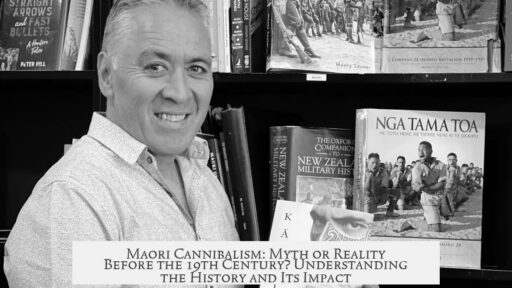The Maori did practice cannibalism before the 19th century, and the practice was notably widespread compared to other Polynesian groups. This fact is well supported by historical accounts and archaeological evidence. Unlike some Polynesian cultures where cannibalism occurred mainly during rare ritual events, Maori cannibalism was more common, especially during and after conflicts.
European explorers, including James Cook, documented firsthand reports of Maori cannibalism soon after arriving in New Zealand. These reports describe regular instances of eating defeated enemies, emphasizing that the practice was not driven by a craving for human flesh but was instead symbolic and tied to social and military contexts.
- Cannibalism was primarily linked to battles, serving as a way to dishonor and exact revenge on foes.
- The Maori took a form of pride in consuming their enemies, reflecting the cultural significance of the act.
- There was a strong connection to Maori mythology, which incorporated cannibalism in its narratives and symbolism.
Compared to other Polynesian groups, such as the Rapa Nui of Easter Island, where evidence shows cannibalism was rare and ceremonial, the Maori exhibited a broader and more frequent pattern. Archaeological studies have not found evidence of human bones in ovens among the Rapa Nui, unlike among Maori sites.
The topic today remains sensitive among Maori communities. Many resist the label of their ancestors as regular cannibals, viewing it as a stigmatizing portrayal. Academically, the topic is extensively studied, with works like Paul Moon’s This Horrid Practice providing detailed examinations though sometimes stirring debate over tone and presentation.
| Aspect | Detail |
|---|---|
| Existence | Confirmed through historical and archaeological records |
| Widespread Nature | More common among Maori than most Polynesian cultures |
| Context | Primarily practiced on captured enemies post-battle |
| Motivation | Linked to revenge and cultural symbolism, not craving human flesh |
| Modern View | Topic remains sensitive and subject to scholarly discussion |
- The Maori practiced cannibalism, especially in warfare contexts.
- It was more widespread among Maori than other Polynesian peoples.
- Cannibalism was symbolic, connected to revenge and mythology.
- The practice remains controversial and sensitive today.
Did the Maori Really Practice Cannibalism Before the 19th Century or Is It a Myth?
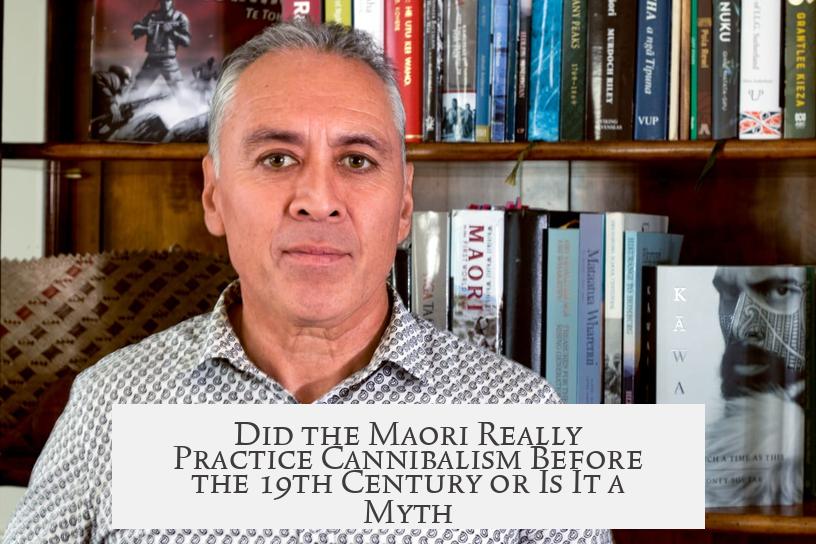
The short, bold truth: Yes, the Maori did practice cannibalism before the 19th century, and among Polynesian peoples, their instances of it were notably widespread. Yet, this practice was complex, culturally nuanced, and often misunderstood. Let’s dive into the juicy—and sometimes grim—details, peeling back the layers of myth, history, and sensitivity.
Setting the Record Straight: Historical Reality

First off, the idea that Maori cannibalism is just a wild myth? Glad you asked! It’s not. Like many Polynesian cultures, the Maori have documented histories and firsthand reports confirming that cannibalism was indeed part of their past. So yes, it happened.
When Captain James Cook arrived in New Zealand, his crew didn’t just bring ships and a taste for exploration—they reported firsthand observations of Maori cannibalism. That tells us this wasn’t whispered folklore but a real occurrence in living memory.
But here’s a key point: it wasn’t some savage or lustful craving for human flesh. The Maori didn’t eat people like it was Thanksgiving dinner. The practice was targeted, ritualistic, and loaded with meaning, usually tied to warfare, revenge, and respect within their social and mythological frameworks.
How Widespread Was It? Pretty Big, Actually
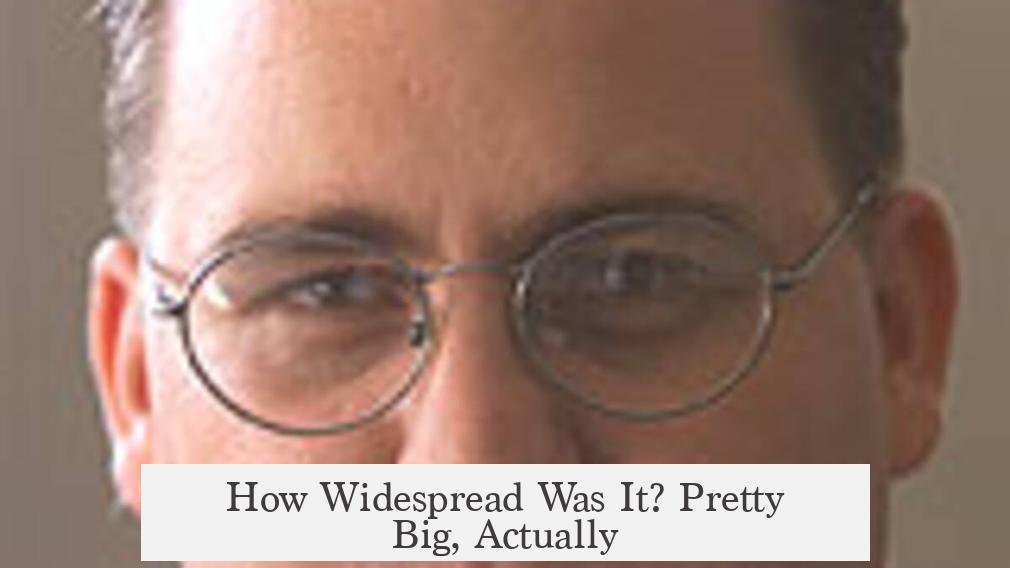
Among Polynesian societies, Maori cannibalism was particularly widespread, more so than on Easter Island (Rapa Nui), for instance. Archaeology reveals stark contrasts: while human bones on Easter Island show ceremonial treatment without signs of everyday consumption, in Maori lands, cannibalism wasn’t just an occasional ceremonial act.
It was a recurring part of warfare culture for Maori tribes. Enemies captured in battle were often the targets. In some communities, it was a strategic and symbolic act to assert dominance, send messages, or enact revenge.
Why Did They Do It? Context Matters

The Maori didn’t snack on their foes to satisfy hunger or for some gruesome thrill. Cannibalism served as a form of tuku (revenge or utu), rooted deeply in their mythology and spiritual beliefs. Eating an enemy’s flesh was an ultimate act of power—both practical and symbolic.
Picture this: a warrior captures an enemy in battle. Instead of just imprisoning them or letting them go, there’s a heavy mix of honor, anger, and spiritual belief leading to eating parts of that enemy. It was about absorbing mana—spiritual energy—and exacting utu.
This practice showcased strength and upheld social order. At the same time, it was tied to ritual occasions and had strict rules. It wasn’t random munching on just anyone.
The Awkward Elephant in the Room: Modern Views and Controversies
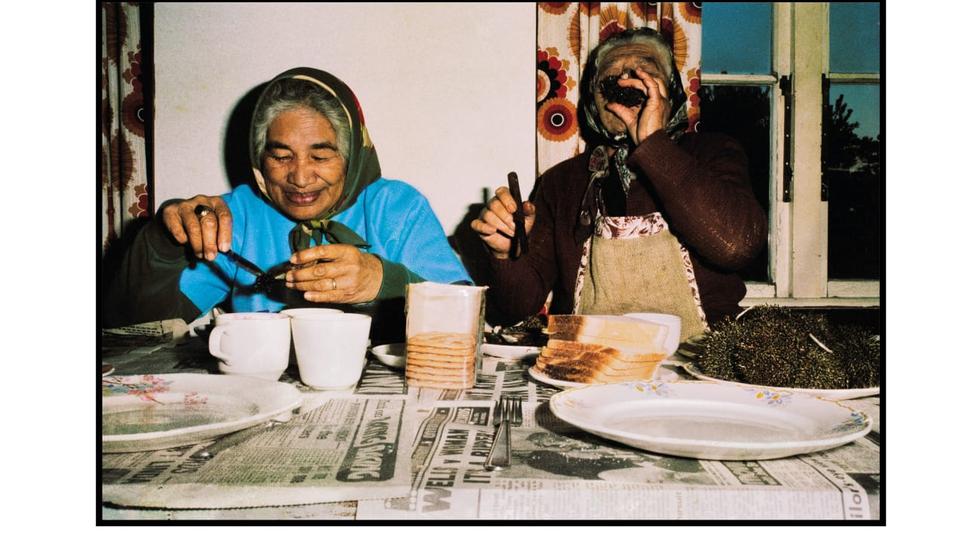
Talking about cannibalism today can get tricky. Many Maori advocates feel discomfort about their ancestors being labeled as cannibals. The topic stirs emotions and divisions. It’s understandable—no community likes having painful or misunderstood parts of its past highlighted without context.
That said, avoiding the topic isn’t helping anyone fully understand Maori culture or history. Good scholarship helps untangle facts from exaggerated stories, and key works like Paul Moon’s This Horrid Practice provide well-researched insight, despite ruffling a few feathers.
Moon’s book dives into the practice seriously, offering anthropology, history, and mythological angles. If you want to explore further, it’s a solid starting point—though its title might mislead you into thinking it’s lurid trash. It’s far from it.
What Can We Learn From All This?
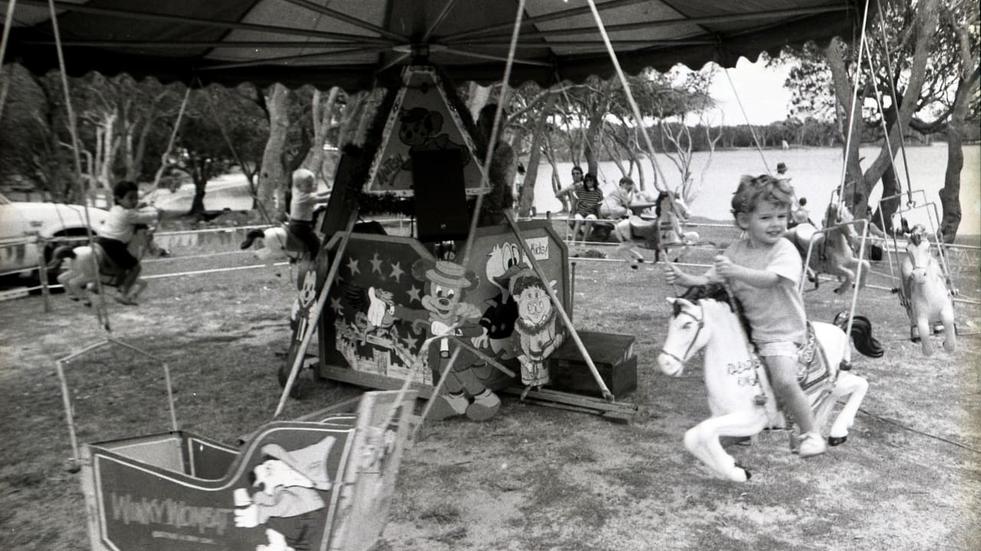
- Context is King: Cannibalism wasn’t a mindless habit but a complex, culturally embedded act.
- Warfare and Revenge: Cannibalism was mostly linked to battles and utu—revenge—and not casual human flesh dining.
- Widespread but Not Universal: It was widely practiced among Maori, unlike some Polynesian groups where it was limited or ceremonial.
- Respect for Ancestors and Spiritual Tradition: Their mythology weaves this practice into their worldview—highlighting respect as much as fear.
Addressing the Curiosity: Is This Something To Be Angry About?
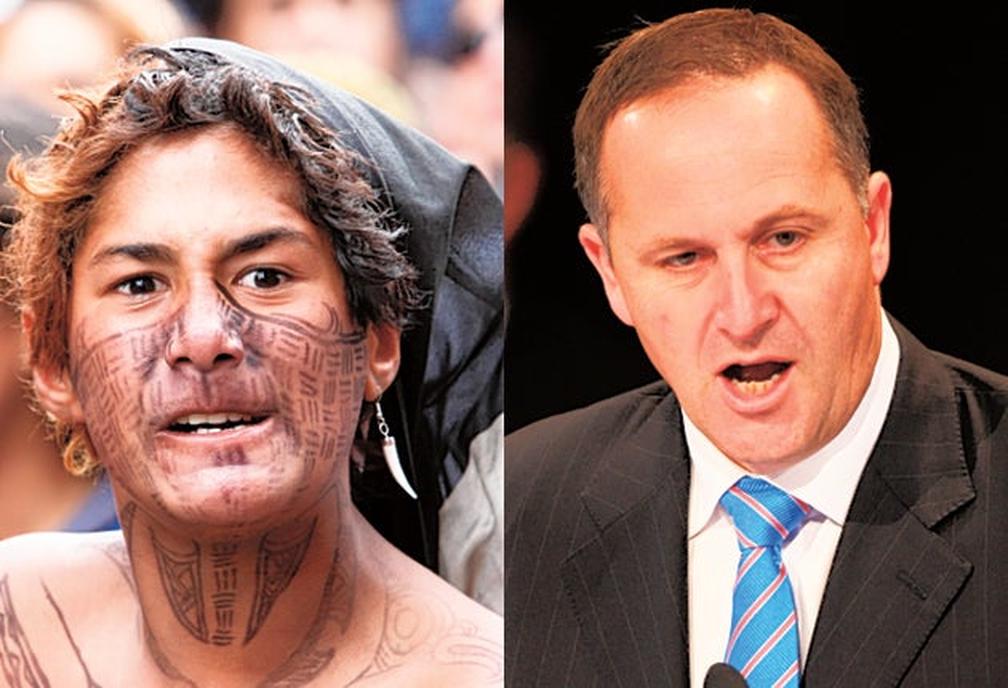
Understanding doesn’t mean endorsing. By looking at Maori cannibalism through informed lenses, we appreciate the cultural significance without sensationalism. It’s about history’s messy realities, not neat labels.
It’s similar to how many ancient societies practiced rituals or customs that clash with today’s morals. But recognizing those acts’ context and meaning builds empathy and clearer understanding.
Wrapping It Up: Myth vs. Fact
So, did the Maori really practice cannibalism before the 19th century? Absolutely yes. It was common relative to other Polynesian groups and tied tightly to warfare, revenge, and spirituality. Not a casual or lust-driven practice, but a deliberate cultural act with clear rules and symbolism.
If you ever wondered whether tales of Maori cannibalism were just tall tales, consider the evidence from Captain Cook’s crew, archaeological records, and cultural stories. Yet, it’s also fair to treat the topic sensitively, recognizing modern Maori perspectives and the complexities wrapped in a long history.
Curious about how warriors balanced respect, warfare, and spiritual belief when they ate their enemies? Or how cannibalism shaped Maori social order in ways we might miss at first glance? That’s the kind of deep cultural history that makes exploration worth the effort—beyond mere shock value.
Why not pick up a copy of This Horrid Practice? Or better yet, explore Maori mythology to see how these customs fit into a vibrant storytelling past. You’ll find history can be as complex and fascinating as any modern saga.
Did the Maori actually practice cannibalism before the 19th century?
Yes, the Maori did practice cannibalism before the 19th century. This is well documented and is not considered a myth.
How common was cannibalism among the Maori compared to other Polynesian groups?
Maori cannibalism was more widespread than in many other Polynesian cultures. For example, on Easter Island, cannibalism was rare and mostly ritualistic, unlike the more frequent occurrences among the Maori.
What motivated the Maori to practice cannibalism?
Cannibalism was mostly linked to wars and revenge. The Maori ate enemies captured in battle, not out of desire for human flesh, but as a mark of pride and retaliation.
Is cannibalism in Maori culture connected to their mythology?
Yes, cannibalism had strong ties to Maori mythology. It was deeply embedded in their stories and worldviews, reflecting cultural beliefs beyond mere survival or aggression.
Why is cannibalism among the Maori still a sensitive topic today?
Many Maori people feel uncomfortable or angry when their ancestors’ practice of cannibalism is emphasized. It remains a delicate issue due to its portrayal and the emotional responses it evokes.
